Introduction
Iran’s Gilan province is situated on the Northern side of the country and is one of the thirty-one provinces that make up the Iranian territory. Gilan province stretches from the southwest along the Caspian Sea, covering territories of lush vegetation, vast belt of plainlands, and steep
mountains. Its capital, Rasht city, is one of the largest and populous cities in the region and has a highly diversified economy dominated by trade, industry, and agriculture. The province’s literature, art, cultural, and social aspects are influenced by significant factors such as interaction with neighboring nations, historical events, geography, and politics.
This essay will offer a comprehensive analysis of Gilan province, predominantly Rasht city’s cultural, literature, art, social, economy, geographical, and historical significance to the great Iran civilization. Several questions must be addressed: what is the importance of studying Gilan province, what are the highlights of its cultural heritage, and how has the geographical location and historical events influenced
the province? Also, what role does Gilan province play in Iran’s contemporary progress toward sustainable development, and what competitive advantages does it possess to aid in this progress?
Geographical Significance
Iran’s Gilan province is located on the Eastern side of the Caspian Sea. The province is situated adjacent to Mazandaran province to the southeast, Zanjan province to the south, and East Azerbaijan province to the southwest. The province covers an area of about 14,042 kilometers square and constitutes several rural and urban centers. The terrain of the area is influenced by both physical and human factors. Gilan province has two main regions, including the Caspian coastal plain, which is the most significant area and the mountainous region to the South.
The Caspian coastal plain comprises all the significant urban and rural centers of the province, covering approximately 30% of the province's large flatland. The mountainous regions to the South is the second major area of the province, covering about 70% of the province. The area constitutes steep and forested Dolatabad Mountains, Rudbar-e-Qasran, and Siyahkamar mountain ranges.
The climate of the province is unique; it is humid sub-tropical due to its proximity to the Caspian, characterized by high rainfall,
mild winters, and hot and humid summers. The weather of the province highly influences the agriculture and other economic activities in the region. The province's geographical location is highly advantageous, as the Caspian Sea ensures easy transportation and enhanced international trade.
Historical Significance
The history of Gilan province, like most Iranian territories, is intertwined with ancient civilization's evolution. Archaeological excavations have revealed that the province has a rich history dating back to the Elamite era. Gilan province was part of various dynasties throughout its history, including the Persian Empire's Assyrian and Medes periods ruled by Darius the Great. The region's history was marked with ups and downs, including battles, wars, genocide, and political instability.
In 1918, Gilan province gained independence from Russia’s occupation, which led to the Republic of Gilan. In 1920, Reza Khan took control of the region, making it part of the Iranian territory until the present day. Gilan province has played a vital role in Iranian history and the evolution of the
Iranian civilization.
Gilan province is known for its distinct local culture and social practices
Cultural and Social Significance
Gilan province, especially Rasht city, is known for its distinct local culture and social practices. The province is unique in terms of its rich folklore, traditional clothing, handicrafts, music, and dance. The province has made great progress in preserving its cultural and social identity, especially through education and the promotion of local traditions. The culture is fused with influences from various ethnic
groups, including the Azeris, Gilanis, Turks, and Mazandaranis.
The Rasht city’s ethnic mix facilitates a unique fashion trend where the youth dress in the most colorful and fashionable garments. The province boasts of various traditional local foods, including the Tahchin, Torshi, and Baghali Ghatogh cuisine. Gilan province is known for its unique and rich musical culture, with local instruments such as the Tar and Setar widely used in concerts and
due to the strong history in epic storytelling. The province also has several folk dances.
Literature and Art
Gilan province has a long history of literary innovation. The province is known to have produced significant Persian writers and poets. The region, predominantly Rasht city, has an outstanding reputation for nurturing legendary poets and writers. The province has an impressive tradition of poetry, prose, and storytelling that is passed on from generation to generation.
Gilan province also boasts influential artists who have contributed to the evolution of Iranian artistic expression. The province’s main art medium, including painting, sculpture, and calligraphy, is inspired by Persian and Islamic art. The artworks heavily rely on the fusion
of local art and Islamic influence. The province also produces handicrafts, including the Gelim, Kilim, and Jajim making that supports several local families.
Economic Significance
Gilan province is an economic hub in Northern Iran, with Rasht city being the economic center of the province. The province’s economy relies on several sectors, including agriculture, services, industry, tourism, and handicrafts. Agriculture is the main economic activity of the province, with rice being the most crucial cash crop grown in the region, contributing to about 46% of the
total agricultural output. Other crops produced in the province include tea, fruits, and nuts like hazelnut and caviar export, which makes up a significant percentage of Iran's foreign trade earnings.
The industrial sector of the province largely focuses on the food processing, textiles, pharmaceuticals, and petrochemicals. Other industries include furniture making and printing, with the wood industry leading in the export segment. Tourism is a fast-growing sector, predominantly driven by the province’s unique culture, pristine beaches, and vast natural resources. Food tourism is the region's top tourism segment, with numerous restaurants and cafes offering local cuisine.
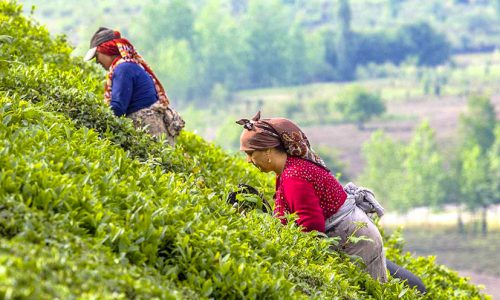
Gilan province has played a pivotal role in the evolvement of Iranian civilization
Gilan province and great Iran civilization
Gilan province has played a pivotal role in the evolvement of Iranian civilization. The influence of the province in ancient Persia is evident in books such as the Shahnameh, one of Persia's most significant literary works. The book has several references to Gilan province, where many historic events and battles took place. The province has also contributed significantly to Islamic civilization and literature.
Gilan province has also served as the seat of power for various Persian dynasties, including the Safavids, who made
a significant contribution to Persian literature, arts, and sciences. The province has established itself as a significant contributor to Iran's rich history and cultural evolution, being the home of legendary poets, writers, and artists.
Gilan Province and Sustainable Development
Contemporary development and sustainable development are essential topics in Iran and the world at large. Gilan province has significant competitive advantages that make it critical to Iran's sustainable development agenda. The province's economy is highly diversified, with the agricultural sector being well organized, with a variety of crops grown. The region's industrial segment shows enormous potential, particularly in pharmaceuticals, food processing, and clothing.
The tourism sector in Gilan province has immense potential, particularly in
eco-tourism. The province's natural beauty, coupled with its preserved environmental sites, offers a unique value proposition that can attract eco-tourists worldwide. The handcrafting segment in Gilan province, coupled with interest from local and international tourists, presents a unique opportunity for sustainable development.
Conclusion
Iran’s Gilan province, predominantly Rasht city, has a rich heritage of cultural, literary, art, social, economic, geographical, and historical significance. These factors have interplayed in creating the spectacular region that is Gilan province known today. The province has played a significant role in the evolution of Persian civilization and its contributions to Islamic literature and sciences. The province's
economic segments offer enormous potential for Iran's sustainable development plan. Gilan province is, therefore, an area of interest for anyone interested in Persian history, culture, and contemporary sustainable development.
Dear Visitor; Please take a look at the list of 50 most visited websites in the world wide web: YouTube, Facebook, google, translate, gmail, weather, amazon, Instagram, cricbuzz, Hotmail, wordle, satta king, twitter, yahoo, yandex, sarkari result, Netflix, google maps, yahoo mail, roblox, whatsapp, NBA, BBC news, outlook, pinterest, flipkart, eBay, omegle, live score, tiktok, canva, ipl, premier league, hava durumu, ibomma, walmart, twitch, ikea, shein, linkedin, home depot, e devlet, lottery, snaptik, cricket, serie a, nfl, spotify, fox news, amazon prime; There is no book publishing related or project management website in this list. We are working hard to bring these important issues to the center of concentration of societies. Please introduce us via social media, share our website with others and help us to make our world a better place to live. Best Regards.






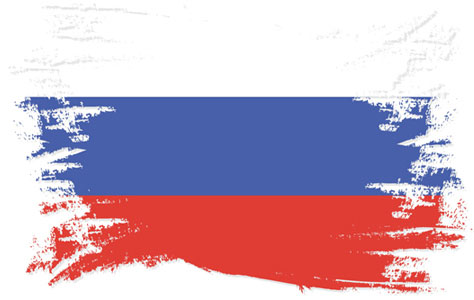

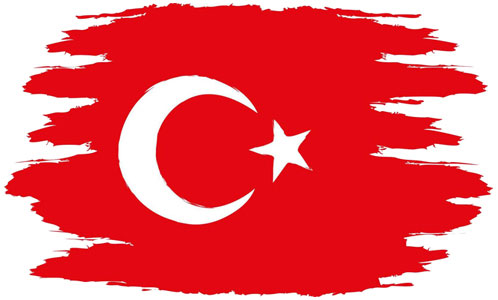

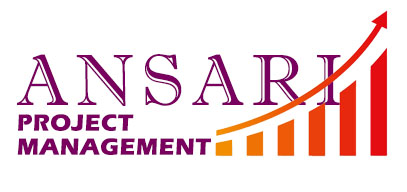

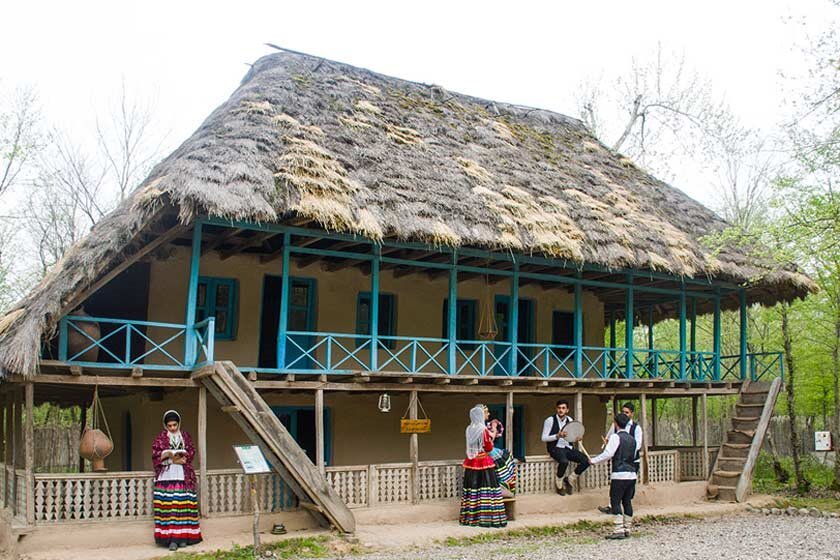
Write your review